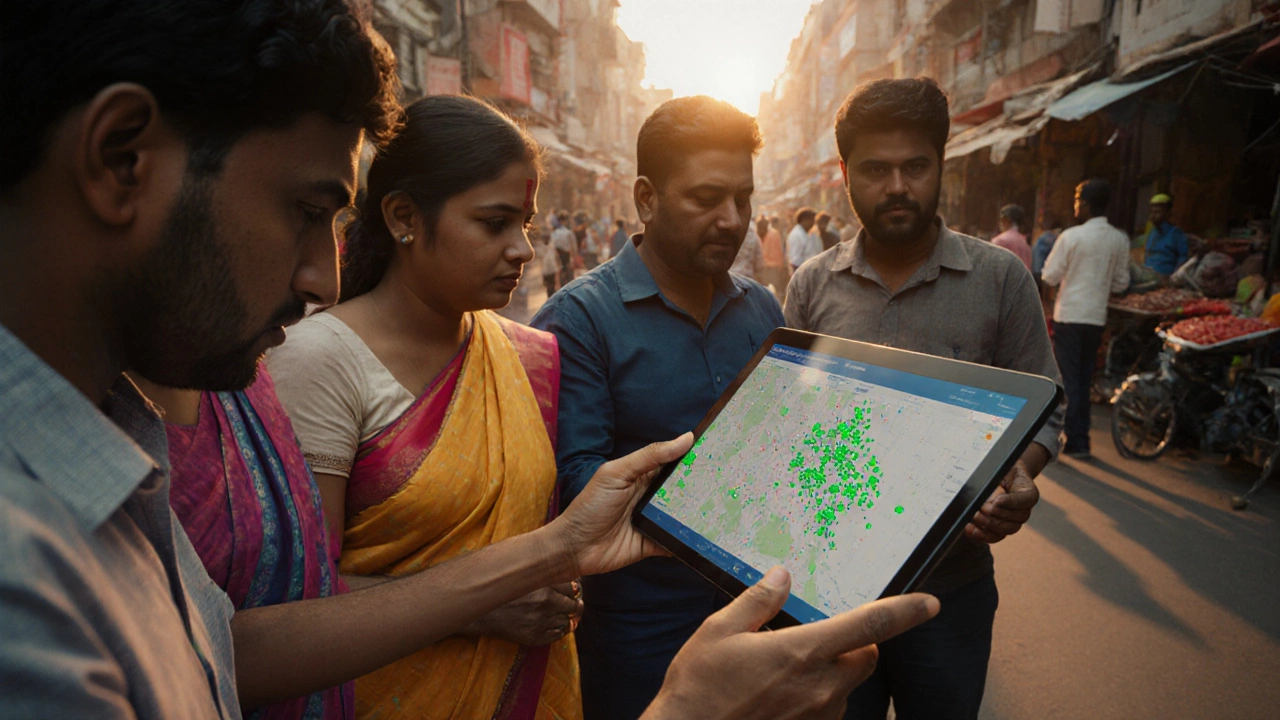Health Surveillance: What It Is and How It Saves Lives in India
When we talk about health surveillance, the ongoing collection and analysis of health data to detect and respond to disease threats. Also known as disease monitoring, it’s not just about counting cases—it’s about spotting patterns before they become outbreaks. In India, this system runs quietly in the background, but it’s the reason polio vanished, malaria dropped by 85% in a decade, and COVID-19 hotspots were caught early in villages, not just cities.
Health surveillance relies on three key pieces: data from clinics and labs, community reports from ASHA workers and local health volunteers, and tools like mobile apps and digital dashboards. It’s not just doctors doing this—it’s teachers reporting fever spikes, pharmacists tracking antibiotic sales, and farmers noting unusual animal deaths. All of it feeds into a bigger picture. This system works best when it’s tied to public health programs, planned efforts to prevent illness across entire communities, like vaccination drives or clean water campaigns. Without surveillance, those programs fly blind. And without those programs, surveillance just collects data—no action, no impact.
It’s also closely linked to intervention programs, targeted actions that change behaviors or environments to improve health. For example, if surveillance shows rising diabetes cases in a district, an intervention might mean free sugar-free snacks in schools or weekly walking groups in community centers. Or if dengue cases spike after monsoon rains, surveillance triggers fogging, waste cleanup, and door-to-door awareness. These aren’t guesses—they’re responses based on real, tracked data.
What you’ll find in this collection are real stories from across India: how a village in Odisha stopped cholera with simple water tests, how a smartphone app helped track TB in Mumbai slums, how a state in South India cut maternal deaths by monitoring every pregnancy. These aren’t theory pieces. They’re proof that health surveillance isn’t some distant government function—it’s everyday people noticing, reporting, and acting. And if you’ve ever wondered how a country of 1.4 billion keeps its people healthy, this is where it starts—not with hospitals, but with data, dirt roads, and determined workers who show up every day.





